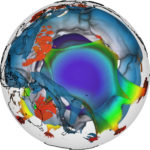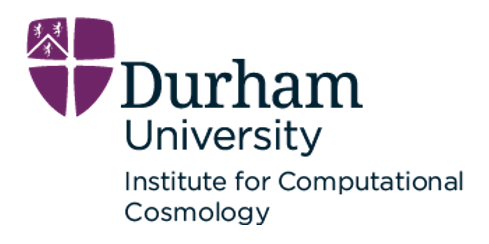Paris, March 13, 2024 — Global technology and earth sciences company CGG has commenced a worldwide natural hydrogen screening project with industry support. The project leverages CGG’s subsurface data, multi-disciplinary geoscience knowledge, latest technology advances and high-performance computing capabilities to identify high-grade areas for natural hydrogen exploration. Chris Page, VP, Geoscience, CGG, said: “CGG is […]
Video: PHIDIAS project creates HPC data-powered services for earth science data
This week the EU launched a new portal for PHIDIAS, a Horizon 2020 project for creating sustainable HPC data-powered services for the earth, atmospheric and marine data towards researchers, industry and public sectors. “The PHIDIAS site offers unique access point for any updates about the project, the future of HPC and any big data findings related to Earth Observation, Intelligent Screening of Satellite data and Ocean data management.”
Simulating the Earth’s mysterious mantle
Scientists are taking advantage of an $2.5 million NSF grant to develop a new framework for integrated geodynamic models that simulate the Earth’s molten core. “Most physical phenomena can be described by partial differential equations that explain energy balances or loss,” said Heister, an associate professor of mathematical sciences who will receive $393,000 of the overall funding. “My geoscience colleagues will develop the equations to describe the phenomena and I’ll write the algorithms that solve their equations quickly and accurately.”
Evolving NASA’s Data and Information Systems for Earth Science
Rahul Ramachandran from NASA gave this talk at the HPC User Forum. “NASA’s Earth Science Division (ESD) missions help us to understand our planet’s interconnected systems, from a global scale down to minute processes. ESD delivers the technology, expertise and global observations that help us to map the myriad connections between our planet’s vital processes and the effects of ongoing natural and human-caused changes.”
Video: Petascale Supercomputing for Space-Based Earth Science
“We have made substantial progress towards three transformative contributions: (1) we are the first team to formally link high-resolution astrodynamics design and coordination of space assets with their Earth science impacts within a Petascale “many-objective” global optimization framework, (2) we have successfully completed the largest Monte Carlo simulation experiment for evaluating the required satellite frequencies and coverage to maintain acceptable global forecasts of terrestrial hydrology (especially in poorer countries), and (3) we have evaluated the limitations and vulnerabilities of the full suite of current satellite precipitation missions including the recently approved Global Precipitation Measurement (GPM) mission. This work illustrates the tradeoffs and consequences of a collapse in the current portfolio of rainfall missions.
Supercomputing the Clues to Hotspot Volcanos
Researchers are using supercomputers at to detect previously unknown channels of slow-moving seismic waves in Earth’s upper mantle. This discovery helps to explain how “hotspot volcanoes”—the kind that give birth to island chains like Hawaii and Tahiti—come to exist.
Simulating the Earth’s Core with the Cray XE6 Monte Rosa
Researchers at ETH Zurich and the University of Leeds are using supercomputers to learn why the Earth’s magnetic field moves gradually westward.








